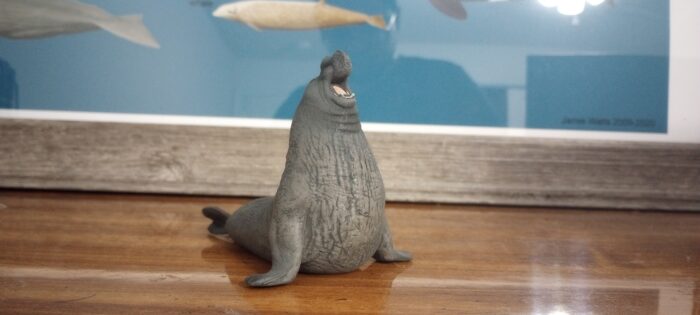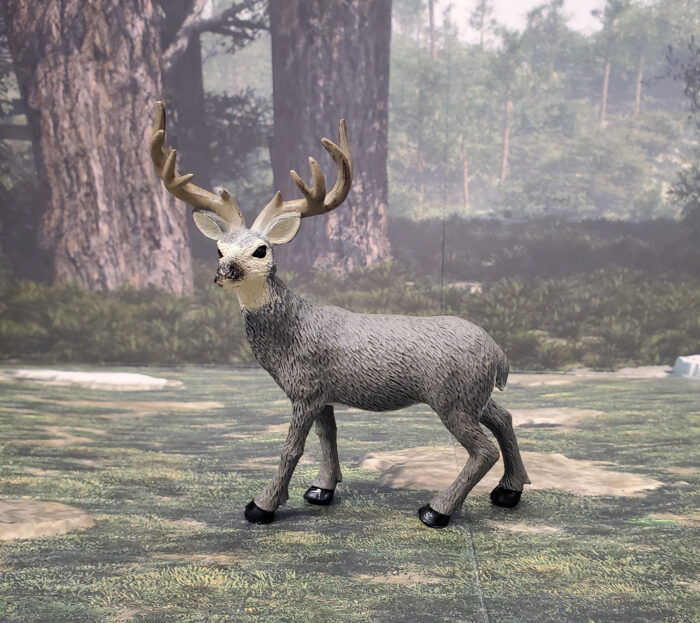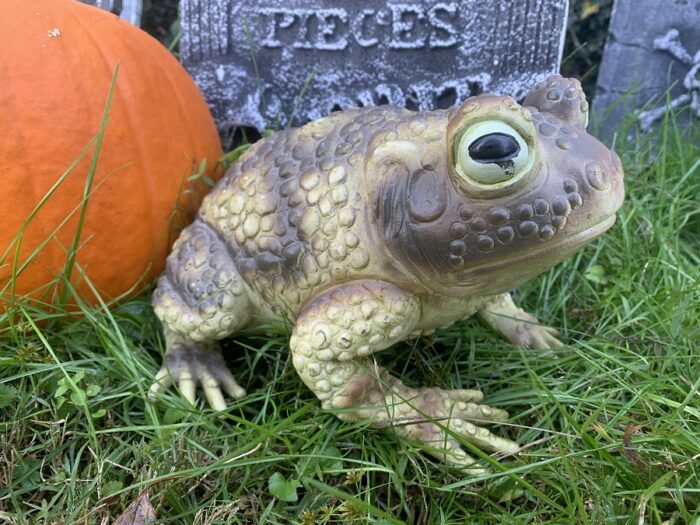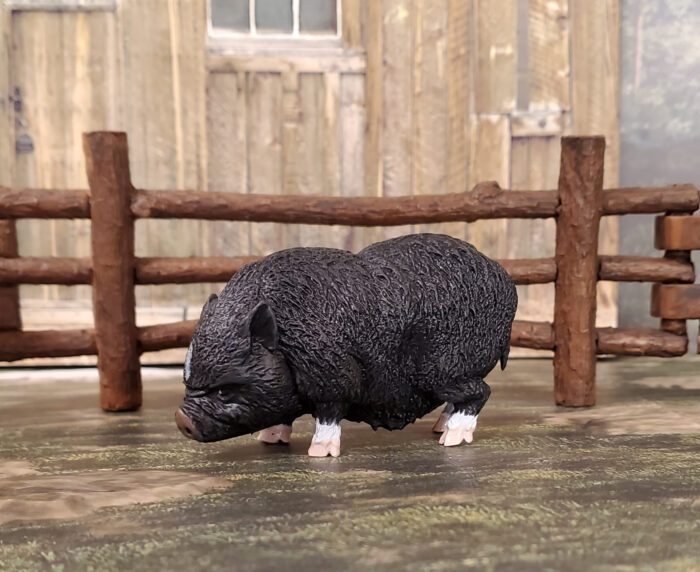Before we begin the review, I would like to thank Happy Hen Toys for supplying this figure for review. Happy Hen Toys is a U.S. distributor of animal figurines and a member and supporter of the Animal Toy Blog and Forum. Of particular note is that they’re one of the few U.S.
Type: Figurine
Vietnamese Pot-bellied Pig (Farm Time by Papo)
Arabian Mare (Farm Life by Schleich)

Before I start with the review, I would like to thank Happy Hen Toys for providing me with this review sample for the blog! Our friends there have an excellent selection of animal models for collectors and enthusiasts alike; feel free to go check out their website for products like this.
Elephant Seal (Marine Life by Papo)

The elephant seals (Mirounga spp.) are easily among the most visually striking pinnipeds. Two species respectively inhabitat the coasts of the North Pacific (M. angustirostris) and Southern Hemisphere (M. leoninae). Elephant seals exhibit the most extreme sexual dimorphism amongst pinnipeds and most mammals.
Eurasian Otter (Wild Life Europe by Schleich)

The Eurasian otter (Lutra lutra) is the widest ranging of all otter species, with a distribution covering most of Europe, large portions of Asia, and even part of northern Africa. It is also the most commonly made otter species by toy companies, although the North American river otter and sea otter are well represented too.
Mule Deer (Hunting Toys by Big Country Farm Toys, LLC)

The mule deer (Odocoileus hemionus) is an iconic animal in the American West. Currently living in the Salt Lake region of Utah, I myself can barely go a couple days without seeing them, whether in my neighborhood, while running or birding up City Creek Canyon, commuting through the University of Utah Campus, our outside my office and lab at the University’s Research Park.
Indian Crested Porcupine (Wildlife by CollectA)

Review and images by Suspsy; edited by bmathison1972
As its name suggests, the Indian crested porcupine (Hystrix indica) is an Old World porcupine that ranges across most of India as well as much of the Middle East. And like most porcupines, it is covered in a formidable coat of quills for defense against predators.
Executioner Wasp (Brave Wilderness by Curatorial LLC)

For my last ‘spooky’ review for October 2023, I will be reviewing a figure of the executioner wasp (Polistes carnifex), which was produced by Curatorial LLC for Brave Wilderness, a YouTube about animals and nature. I was first alerted to this figure by an STS forum member, and to be honest, before I was made aware of this figure, I had never heard of Brave Wilderness (then again, I don’t use YouTube for watching programs).
Elephant Shark (Art in the Pocket – Sunshine Aquarium by Kitan Club)

Review and images by JimoAi; edited by bmathison1972
Holocephali was once a diverse group of fish, emerging in the Devonian and lasting until the present. They were once more diverse, occupying a lot more niches, including apex predators, but modern members are mostly restricted to the deep sea. Eugeneodontids are one of the more well known group amongst general audiences, as it includes the famous Heliocoprion and related genera like Edestus, which in many depictions are shown to have a shark-like body plan despite only being distantly related.
Toad (Ashland)

Thanks to their poisonous nature the humble toad is steeped in myth and folklore, with a strong link to the occult, witchcraft, and the devil, particularly in Europe. Toads are a common ingredient in witch’s potions and folk medicine, and a popular choice as a familiar (animal servant). Indeed, in Shakespeare’s MacBeth one of the three witches has a toad familiar named Paddock and a toad is also used in one of the witch’s potions…
Round about the cauldron go;In the poison’d entrails throw.
Eurasian Wolf, Adult and Pup 2022 (Wild Animals by Papo)

Happy spooky season to everyone! I hope this article finds you in good spirits to enjoy a spooky old bed time story. The topic is on the Papo wolf pair (Canis lupus) introduced in 2022, #50283 and #50284 respectively, but our story begins in Europe… La Beté du Gèvaudan is a longstanding horror story from Southern France.
Black Widow (Hidden Kingdom Insects by Safari Ltd.)

In what seems to have become an annual trend, I am reviewing a southern black widow spider (Latrodectus mactans) as part of the ‘spooky’ October reviews. In 2021, I reviewed one by Eastern Unlimited that was specifically sold as Halloween decor. Last year I reviewed Safari’s 1998 figure that was released for the Smithsonian Insects line.





